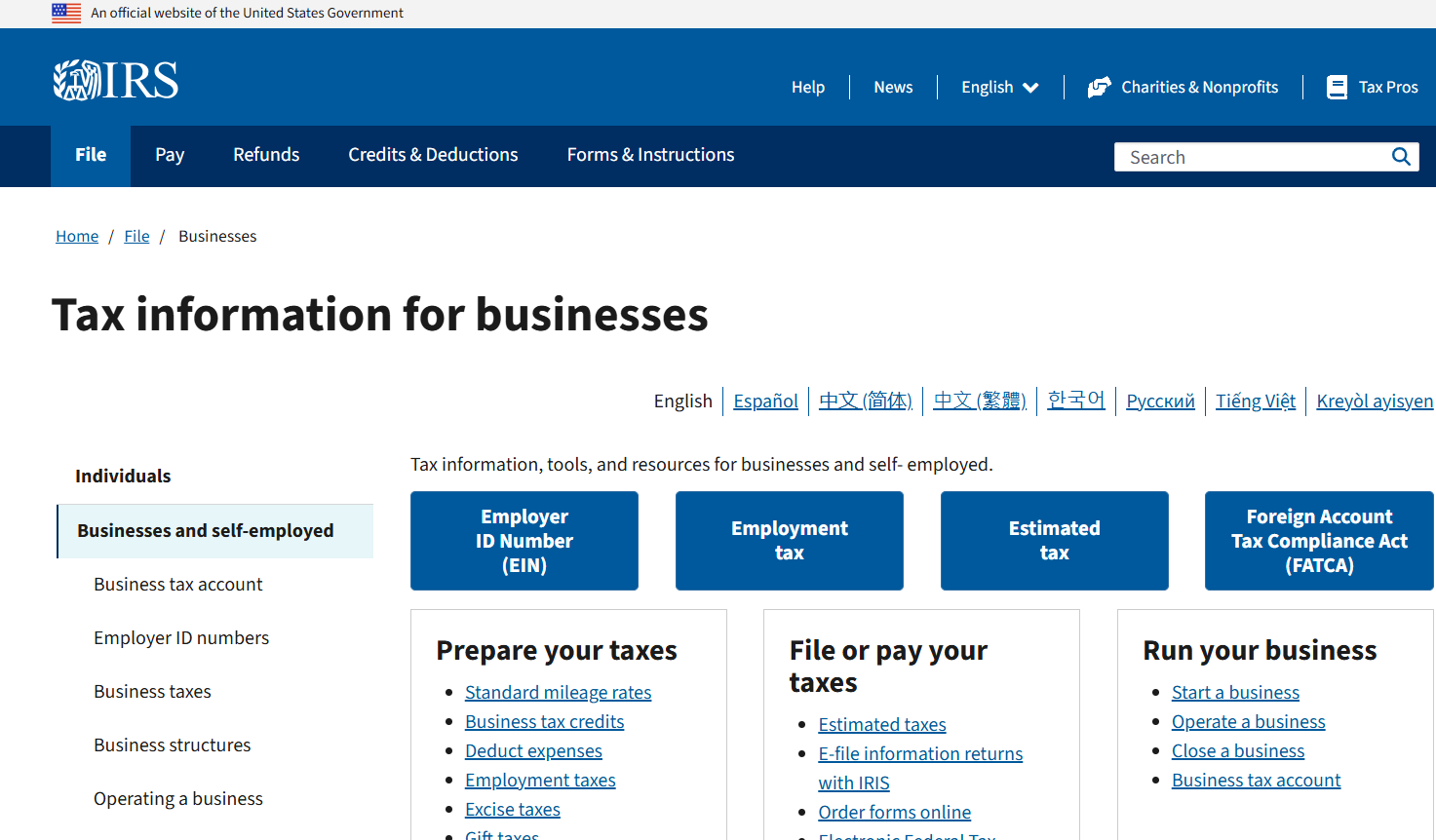Worker Classification – Employee or Independent Contractor?
By Jan Wright, CPA
Staffing decisions are at the core of every business. The decision of how large a workforce is needed to perform the services and produce the products that generate revenues for an entity is a complex and ongoing process that may well determine whether or not a business is profitable.
The composition and classification of this workforce will depend upon different factors, some of which may be unique to a particular business or industry. Is the business seasonal, such as construction? Does it need advanced technical assistance which would be difficult to develop and/or maintain in-house? Or perhaps it has a short-term project requiring additional resources. How to classify individuals engaged to provide services will be determined by the amount of control the business is able to exercise, and the independence of the individual engaged to perform services. The three factors that the IRS uses to make this determination are:
- Behavioral control – who has the right to direct and control how the work is performed.
- Financial control – who controls the economic aspects of the job
- Type of relationship – how the worker and business perceive the relationship
Let’s look at these factors in more detail.
Behavioral Control
Factors indicating an employee relationship:
- Business controls when and where the work is performed, which tools are used and order or sequence used for work
- Detailed instructions given for work performance
- Evaluation of work performed, rather than results
- Training provided
Factors indicating independent contractor status:
- Business does not control schedule
- Individual determines how work is performed
- Results of work evaluated rather than details of work performed
Financial Control
Independent contractors are more likely to:
- Have significant financial investments in tools and equipment
- Not receive reimbursement for out of pocket expenses
- Have a profit motive and the opportunity for a loss
- Work for multiple businesses
- Advertise
- Maintain a separate business location
Employees are more likely to:
- Be guaranteed a regular payment amount, based on a period of time rather than an amount of work
- Work for only one business
Type of Relationship
One important fact to note is that the ultimate classification of a worker is not dependent upon the existence of a contract between parties stating whether or not an individual is an independent contractor. The actual facts and circumstances of the relationship will determine the status, and the IRS will be guided by those facts and circumstances, rather than the contract. Other aspects that determine the type of relationship are:
- Benefits such as pension plan contributions, health insurance and paid time off are generally offered to employees, not independent contractors
- Workers hired on a permanent basis, rather than for a specific period of time, are generally considered employees
- Services provided represent the core activity of the business, such as medical or legal services; this will make it more likely that the business will seek to direct and control these activities
Businesses often seek to classify workers as independent contractors in order to save the employer portion of the social security taxes assessed on the worker’s salary. Workers may also have a preference to be treated as either an employee or independent contractor for various reasons. As we have noted here, the classification of a worker depends upon the facts and circumstances of the relationship, not the desires of the parties involved.










